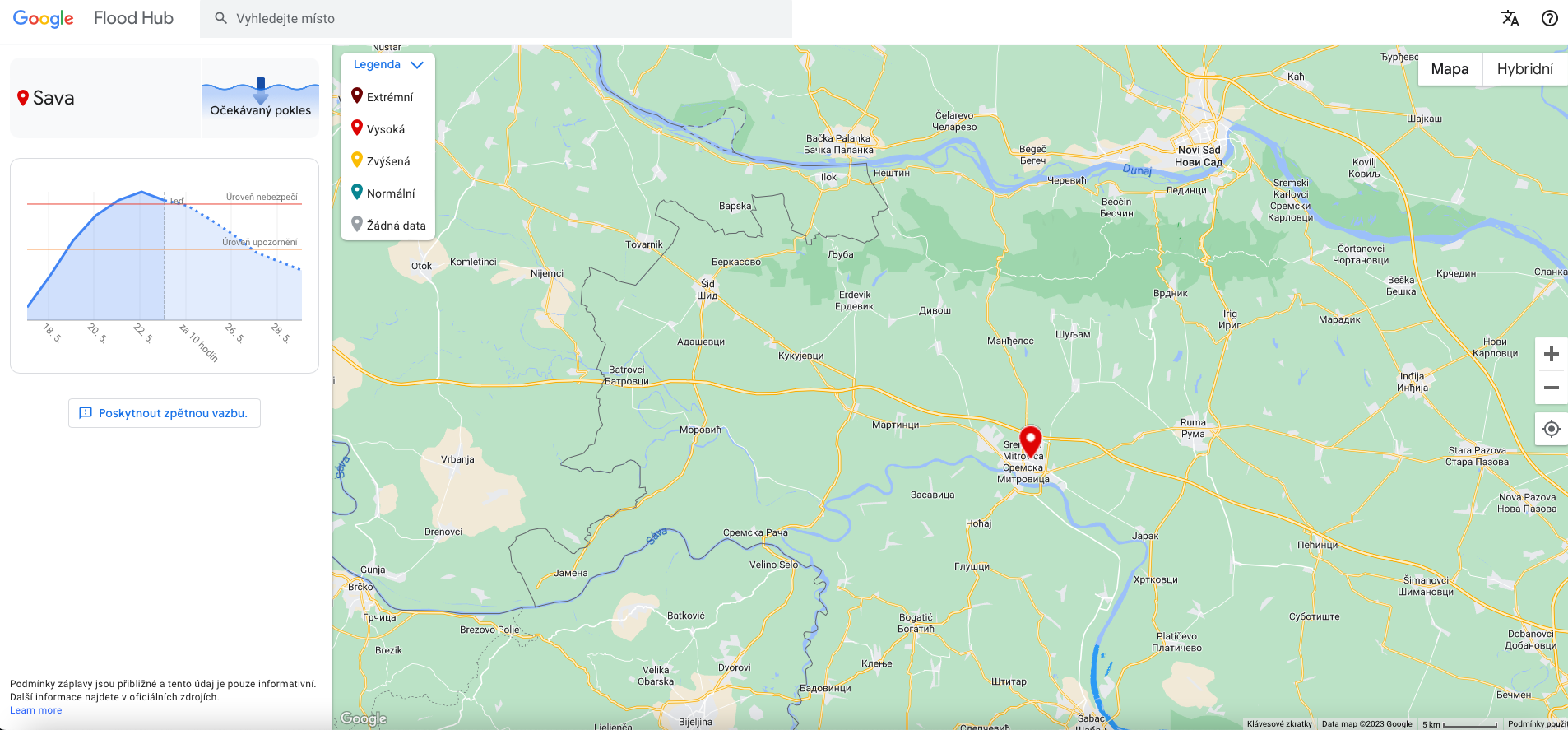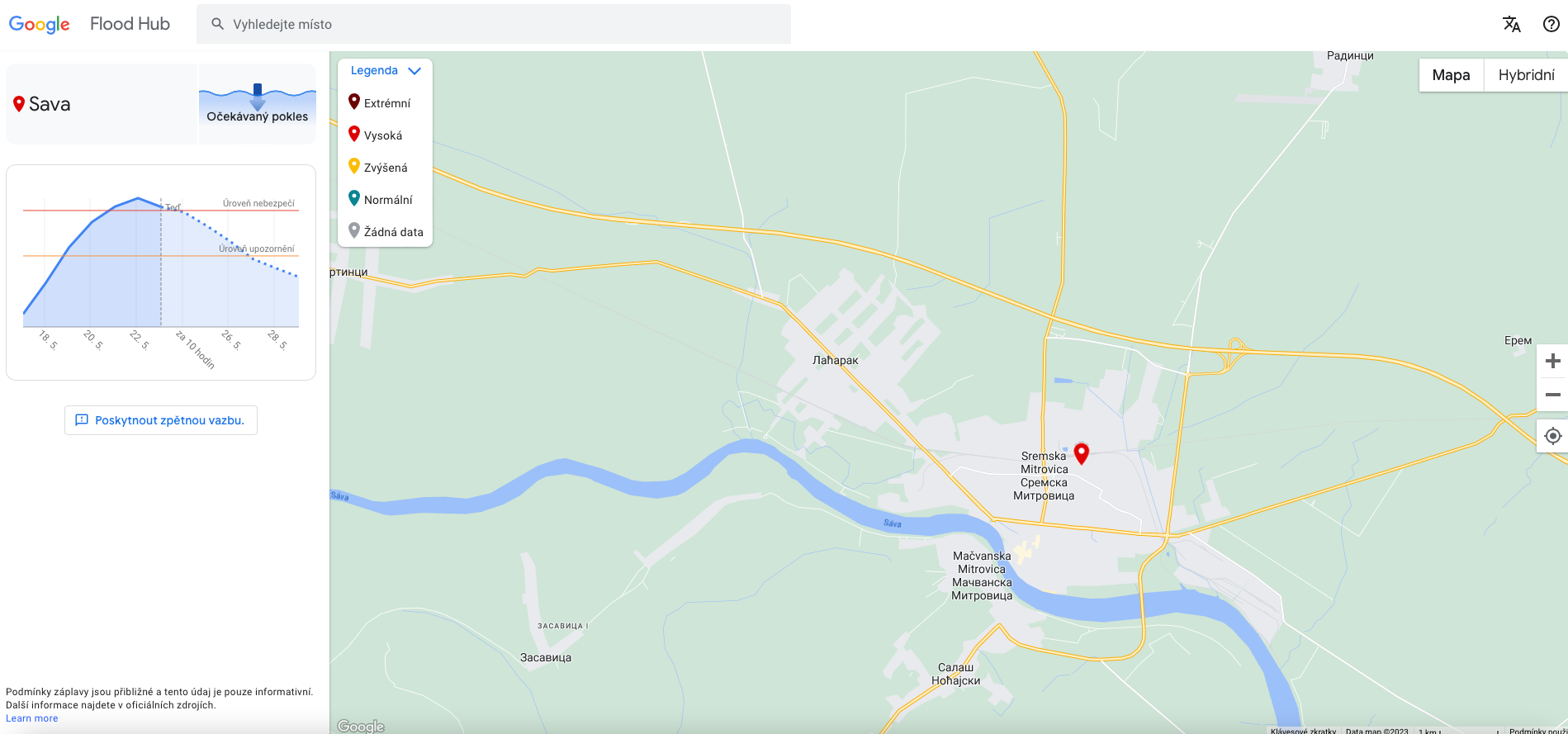Artificial intelligence systems don't just make work easier and bring fun. In the case of Google Flood Hub, AI saves lives and reduces property damage. The tech giant launched the warning system first in India and then expanded it to Bangladesh, with the aim of preventing the worst damage caused by the annual floods. It is now expanding further around the world.
If people in critical areas are available informace about the approaching danger in advance, they can react much more effectively and reduce human and material losses. And that's exactly what Flood Hub provides using artificial intelligence tools, with the system now expanding support to monitor flood threats in another 60 countries. This means more monitored areas and more people safe.
Google estimates that floods alone cause $10 billion in economic damage worldwide and directly impact 250 million people. As already mentioned, the Flood Hub system first debuted in India and Bangladesh in November last year, where thanks to an artificial intelligence model working with data from several previous floods, it was able to predict a catastrophic situation up to a week in advance. This is a huge advantage over previous predictive techniques that only gave people 48 hours to prepare. By the end of the year, support had risen to 20 countries. Now another 60 areas have been added to the list. Regions covered include countries in Africa, Asia Pacific, Europe, and South and Central America. Google estimates that this extension can help impact 460 million people who live in vulnerable areas. More than 1 sites in river basins are currently being monitored.
It's also worth noting that in an effort to support communities that are at risk of flooding but may not have access to a smartphone or the Internet, the company is working with organizations like the Red Cross and the like, along with the Inclusion Economics team at Yale University, to build an offline warning networks of trained, motivated and trusted volunteers to increase the reach of Flood Hub warnings. Indeed, the latest results from Yale and local non-profit Yuganter showed that communities with local volunteers are 50% more likely to receive warnings before water reaches their area, a factor that can mean the difference between life and death here. "As we continue to improve our AI-based global flood forecasting models, we will continue to support vulnerable communities with technologies that mitigate the effects of climate change," Google says on its blog.
You could be interested in

The company is now working to informace from the flood center were also available in search and in Google Maps, that is, where people statistically most often look for them when needed. This is a big step forward, helping individuals and municipalities to increase their disaster preparedness. However, the system currently only tracks river floods, not flash or coastal events. So there is room for improvement and Google is aware of it. In addition to floods, the company also uses artificial intelligence and satellite imagery to monitor forest fires and warn people in danger. Currently, this system works for example in Mexico, USA, Canada and some areas of Australia.



